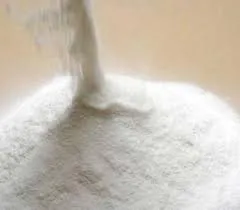Automated cleaning systems have also been developed, minimizing manual intervention and reducing downtime. By incorporating automation and advanced materials, today's filter separators are more effective, reliable, and easier to maintain compared to their predecessors.


